I'm trying to do OCR to some forms that, however, have some texture as follows:

This texture causes the OCR programs to ignore it tagging it as an image region.
I considered using morphology. A closing operation with a star ends up as follows:

This result is still not good enough for the OCR.
When I manually erase the 'pepper' and do adaptive thresholding an image as follows gives good results on the OCR:

Do you have any other ideas for the problem?
thanks
